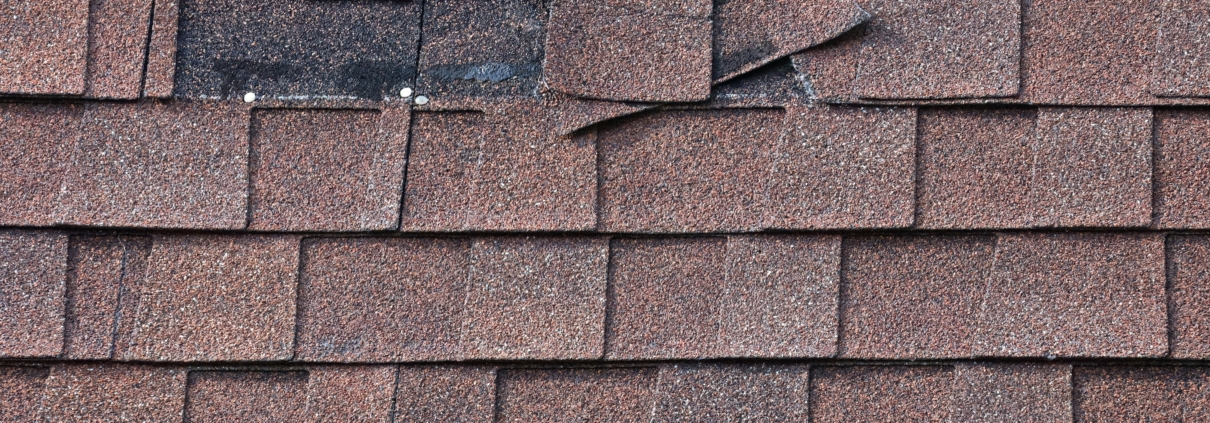HOW TO SPOT ROOF DAMAGE BEFORE IT’S TOO LATE
Your home’s roof is a critical shield against the elements, warding off sun, rain, wind, and snow. However, it can only do its job effectively if it’s in good shape. Spotting roof damage early is crucial to prevent minor issues from becoming costly repairs or replacements. As a homeowner, there are several signs you should look out for to detect roof damage. Here’s how to conduct a thorough inspection:
### Step 1: Start with an Interior Check
Before you look at the outside of your roof, begin inside your home. Go to your attic or the highest floor and search for the following signs:
– **Water Stains or Discoloration**: These might indicate a leaky roof.
– **Sunlight Penetration**: If you see sunlight coming through the roof boards, this is a clear sign of damage.
– **Sagging Areas**: These can be due to trapped moisture and might point to structural issues.
### Step 2: Examine the Roof Shingles
From the ground, use binoculars to get a closer look at your roof. You’re looking for:
– **Missing Shingles**: Gaps in the shingle pattern are a sign of damage.
– **Curling or Buckling Shingles**: This indicates they are reaching the end of their life span.
– **Discoloration**: Dark streaks or moss may signal trapped moisture.
### Step 3: Check the Flashing
Flashing is the material that seals and protects the creases around objects that protrude from your roof, such as chimneys and vents. Make sure it’s not:
– **Cracked or Torn**: This can lead to leaks.
– **Lifting or Separated**: This means it’s not providing a proper seal.
### Step 4: Inspect Gutters and Downspouts
Ensure your gutters and downspouts are securely attached and free from obstruction. Look out for:
– **Granules in Gutters**: Lots of granules from shingles indicates they are wearing down.
– **Standing Water**: This might hint at improper drainage, potentially damaging the roof structure.
### Step 5: Look for Signs of Mold, Fungus, or Algae
These organisms can deteriorate roofing materials over time, so their presence is a red flag.
### Step 6: Pay Attention to the Age of Your Roof
Roofs typically last between 20 to 25 years. If yours is older than this, it may be time for an inspection by a professional.
### Step 7: Seek Professional Inspections
If you spot any of the above issues or if your roof is aging, it’s wise to have a professional roofer come for an inspection. They can provide a more detailed assessment and deal with hard-to-spot or high areas safely.
Remember, regular inspections can spot minor problems before they become a significant concern. Keeping an eye on your roof can ultimately save you money and extend the life of your roof. It’s not just about the cover over your head; it’s about ensuring the safety and integrity of your home.





